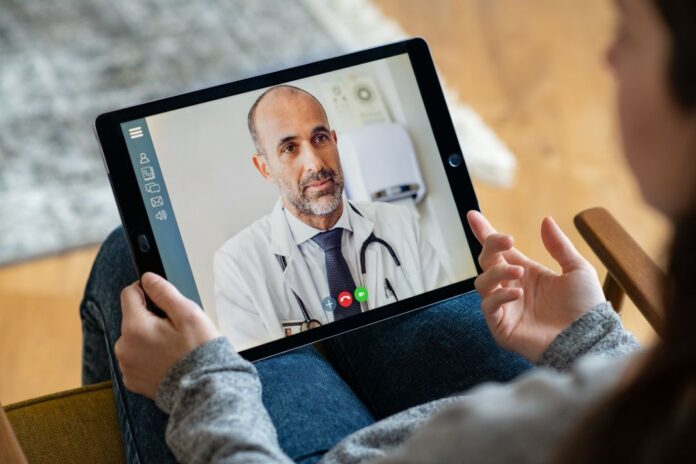Telemedicine and Refurbished Imaging: Expanding Access to Healthcare in Rural India
Introduction:
In the vast and diverse landscape of India, access to healthcare services can be a significant challenge, particularly in rural areas. The combination of telemedicine and refurbished imaging equipment is emerging as a powerful solution to bridge the healthcare gap, offering high-quality diagnostic services where they are needed most. In this article, we will explore how the fusion of telemedicine and refurbished imaging is revolutionizing healthcare delivery in rural India, expanding access to critical medical services.
- The Challenge of Rural Healthcare:
Rural India faces unique healthcare challenges, including limited access to medical facilities, a shortage of healthcare professionals, and inadequate diagnostic resources. Telemedicine aims to overcome these barriers by connecting patients with healthcare providers through technology.
- Telemedicine’s Role:
Telemedicine utilizes telecommunications technology to provide remote clinical services. Patients in rural areas can consult with healthcare professionals, receive medical advice, and even undergo remote diagnostic procedures.
- Refurbished Imaging Equipment:
One of the key components of telemedicine is diagnostic imaging. Refurbished imaging equipment, including X-ray machines, CT scanners, and ultrasound devices, offers an affordable way to provide high-quality diagnostic services in remote locations.
- Cost-Effective Diagnostics:
Refurbished imaging equipment is significantly more cost-effective than purchasing new machines. This cost savings is crucial for healthcare facilities in rural India, where budget constraints are a common challenge.
- Quality Assurance:
Reputable refurbishment companies ensure that these machines meet or exceed industry standards. Rigorous quality assurance processes, including inspections, repairs, and upgrades, guarantee reliable diagnostic results.
- Remote Diagnostic Services:
Telemedicine platforms can integrate with refurbished imaging equipment, allowing healthcare providers to conduct remote diagnostic procedures. Patients can undergo imaging tests locally and have the results sent electronically to healthcare professionals for analysis.
- Enhanced Specialist Access:
Telemedicine also connects rural patients with specialist healthcare providers in urban centers. Refurbished imaging equipment ensures that these specialists have access to the necessary diagnostic tools for accurate evaluations.
- Timely and Accurate Diagnoses:
The timely access to diagnostic imaging services in rural areas is instrumental in the early detection and treatment of medical conditions. Telemedicine and refurbished imaging help ensure that patients receive accurate diagnoses without unnecessary delays.
- Reducing Travel Burdens:
For many rural patients, seeking medical care often entails long journeys to urban healthcare facilities. Telemedicine minimizes the need for such travel, making healthcare more accessible and convenient.
- Improving Healthcare Outcomes:
The combination of telemedicine and refurbished imaging equipment ultimately leads to improved healthcare outcomes in rural India. Patients receive timely and accurate diagnoses, leading to more effective treatment plans and better long-term health.
Conclusion:
Telemedicine and refurbished imaging equipment are transforming healthcare delivery in rural India. They are breaking down the geographical barriers that once limited access to quality healthcare services. By offering cost-effective, high-quality diagnostic solutions, this innovative approach is not only expanding access but also improving healthcare outcomes for millions of individuals living in India’s remote areas. It represents a promising step toward achieving equitable healthcare access for all, regardless of location.








